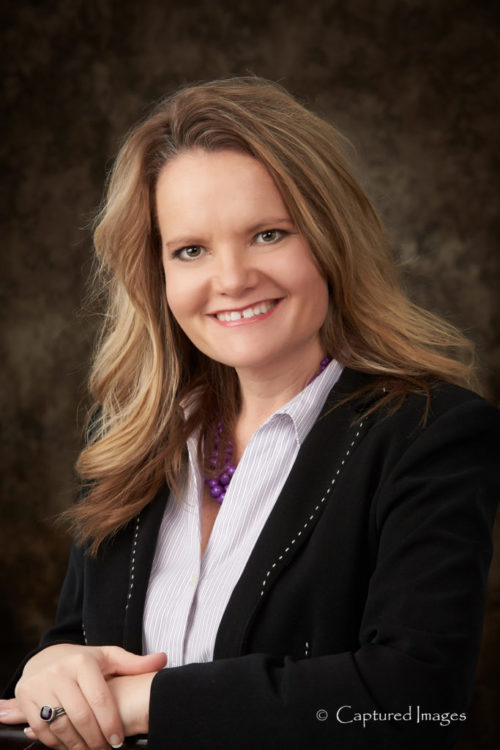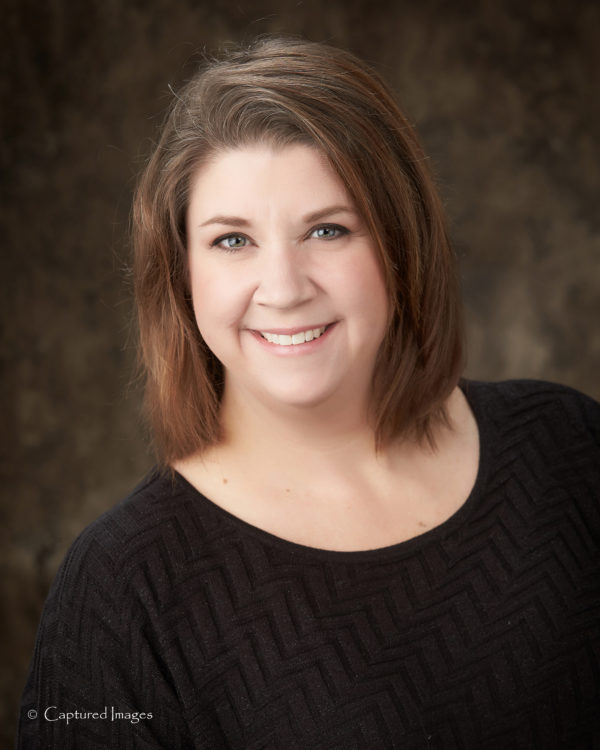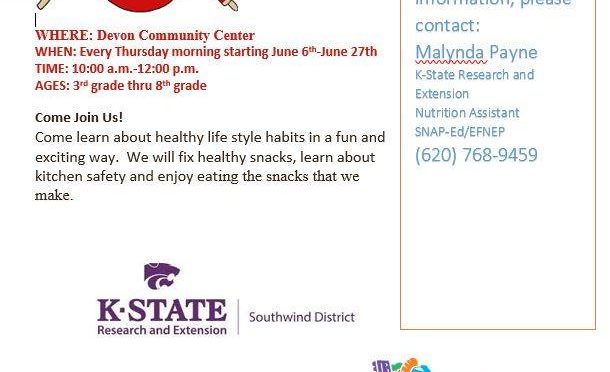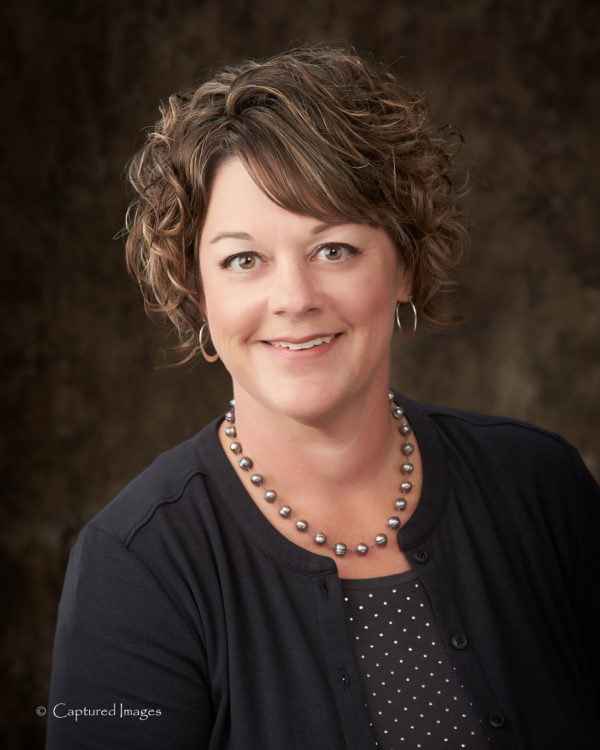Submitted by: Carla Nemecek, Southwind Extension District Director & Agent
While it is common for Southeast Kansas to receive quite a bit of rainfall in the spring, 2019 has gone a bit overboard! Recent weather has caused damage to our communities, and kept area farmers out of their fields. In an effort to continue to be a trusted and reliable resource, K-State Research & Extension in the Southwind District has updated our website with information that can be of assistance if you are trying to manage your home or garden after the flood waters recede. Please visit www.southwind.ksu.edu to find links to the most up-to-date resources on managing after a flood.
After a flood has devastated your home or business, food safety is one of the many things to be considered. Flood water should generally be considered contaminated, as it is difficult to determine what it has contacted on its way to your property. Water from floods can be contaminated with sewage or animal waste, particularly if they occur in areas near wastewater treatment facilities or livestock operations. Raw sewage and animal waste contain bacteria that can cause illness if contaminated foods are eaten. Flood waters that cover roads, vehicles, solid waste facilities, or pass by manufacturing and business sites can carry heavy metals and other industrial contaminants, which can also be hazardous to human health.
Mildew may develop on damp or wet items in your home. Mildew is a gray-white mold that leaves stains and rots fabric unless it is removed promptly. Mold and mildew are problems after the type of weather we have had lately. Resources for managing mold and for cleaning up, can also be found on at www.southwind.ksu.edu
If you have a sump pump, we offer a link for details about making informed decisions about back up pumps and various home systems.
We provided links to local emergency management resources in Allen, Bourbon, Neosho and Woodson Counties along with state websites such as KSReady.gov, the state’s portal to information and resources on emergency planning and preparedness for the public, businesses, schools, children, elected officials and first responders.
Floods are the most common natural disaster in the U.S.. We cannot always be prepared for the worst, but Extension is here to help you when recovery is the only option. K-State Research & Extension invites you to explore the links on www.southwind.ksu.edu and let us know if we can answer your questions. Above all, please be safe during this period of bad weather.
Carla Nemecek
Southwind Extension District
Director & Agent
[email protected]
620-365-2242
1 North Washington, Iola, KS 66749
…










